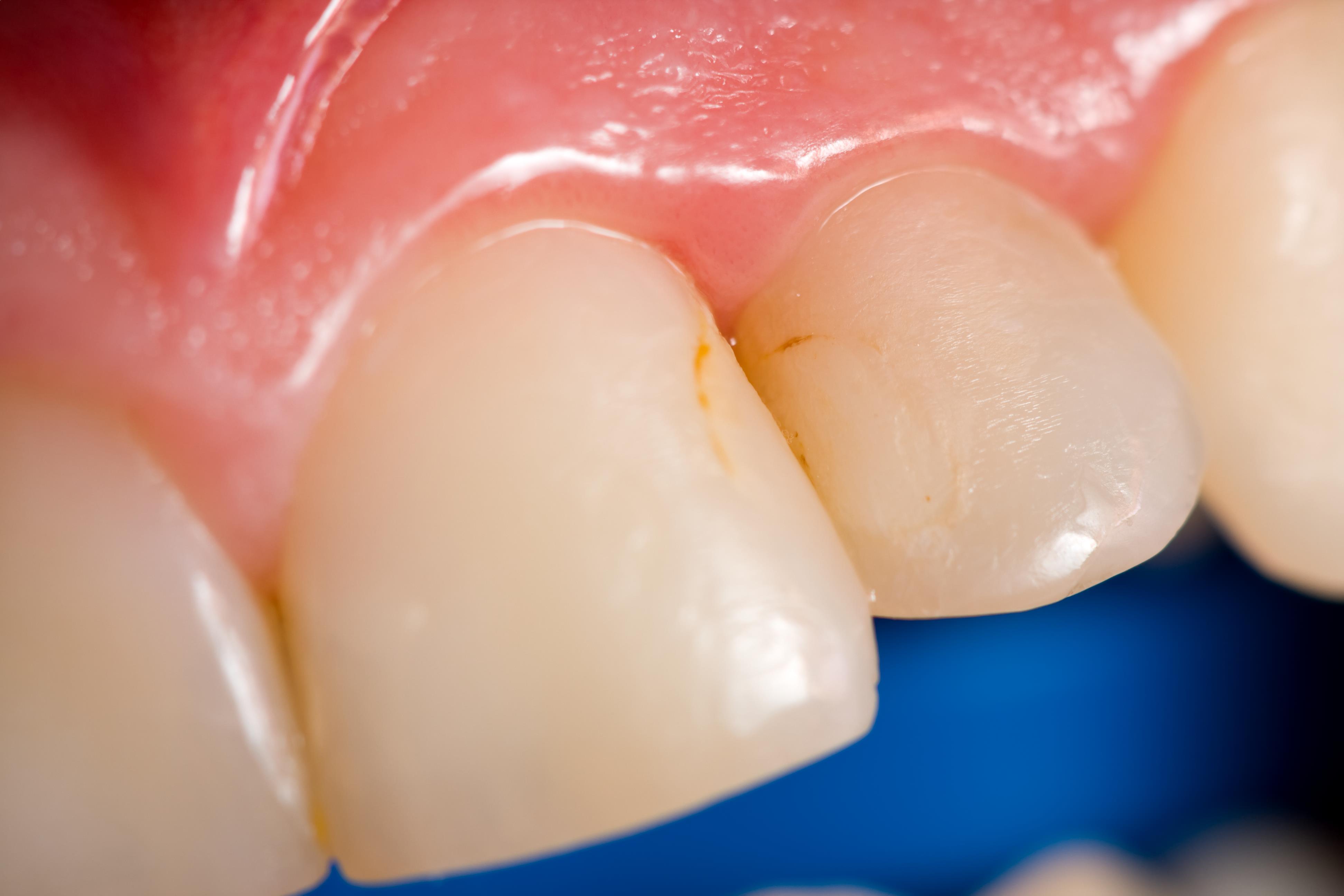What Causes Tori Mandibular? A Removal Guide

Tori mandibular, also known as mandibular torus, is a bony growth that occurs on the lower jawbone, typically on the inner side of the mandible. This condition can cause discomfort, difficulty speaking, and changes in the way the teeth fit together. The exact cause of tori mandibular is still not fully understood, but several factors are believed to contribute to its development.
Genetic Predisposition Research suggests that genetic factors may play a significant role in the development of tori mandibular. Some people may be more prone to developing this condition due to their genetic makeup. Family history can also be a contributing factor, as individuals with a family history of tori mandibular are more likely to develop the condition themselves.
Dental Anatomy and Occlusion The way the teeth fit together, also known as occlusion, can also contribute to the development of tori mandibular. When the teeth do not fit together properly, it can put additional stress on the jawbone, leading to the formation of bony growths. This can be due to various factors, such as a misaligned bite, teeth grinding, or other dental anomalies.
Systemic Conditions and Syndromes Certain systemic conditions and syndromes, such as Gardner syndrome, can increase the risk of developing tori mandibular. These conditions can affect the development of the jawbone and teeth, leading to the formation of bony growths.
Removal Guide While tori mandibular is typically a benign condition, it can cause significant discomfort and affect the quality of life. In some cases, removal of the bony growth may be necessary. The following is a step-by-step guide on how to approach the removal of tori mandibular:
- Consult a Dental Professional: The first step is to consult a dental professional, such as an oral surgeon or a periodontist, to determine the best course of treatment. They will examine the affected area and take X-rays to assess the size and location of the bony growth.
- Surgical Removal: If the tori mandibular is causing significant discomfort or affecting the fit of dentures, surgical removal may be necessary. This is typically done under local anesthesia, and the procedure involves making an incision in the gum tissue to access the bony growth.
- Bone Reshaping: After the bony growth is removed, the jawbone may need to be reshaped to create a smooth surface. This can be done using a variety of techniques, including bone grinding or burring.
- Wound Closure: The incision is then closed with sutures, and the area is allowed to heal.
Prevention and Management While it is not possible to prevent tori mandibular entirely, there are steps that can be taken to manage the condition and reduce the risk of complications. These include:
- Regular Dental Check-Ups: Regular dental check-ups can help identify tori mandibular in its early stages, allowing for prompt treatment and management.
- Proper Dental Care: Practicing good oral hygiene, including brushing and flossing, can help reduce the risk of developing tori mandibular.
- Dental Appliances: In some cases, dental appliances, such as a mouthguard, can be used to reduce the stress on the jawbone and prevent the formation of bony growths.
What are the symptoms of tori mandibular?
+The symptoms of tori mandibular can include discomfort, difficulty speaking, and changes in the way the teeth fit together. In some cases, the bony growth can also cause numbness or tingling in the lower lip.
Is tori mandibular a sign of a more serious condition?
+In most cases, tori mandibular is a benign condition. However, in some cases, it can be a sign of a more serious condition, such as a systemic disease or syndrome. It is essential to consult a dental professional to determine the underlying cause of the condition.
In conclusion, tori mandibular is a bony growth that occurs on the lower jawbone, typically on the inner side of the mandible. The exact cause of the condition is still not fully understood, but genetic predisposition, dental anatomy and occlusion, and systemic conditions and syndromes are believed to contribute to its development. While removal of the bony growth may be necessary in some cases, it is essential to consult a dental professional to determine the best course of treatment. By practicing good oral hygiene and seeking regular dental check-ups, individuals can reduce the risk of developing tori mandibular and manage the condition effectively.

